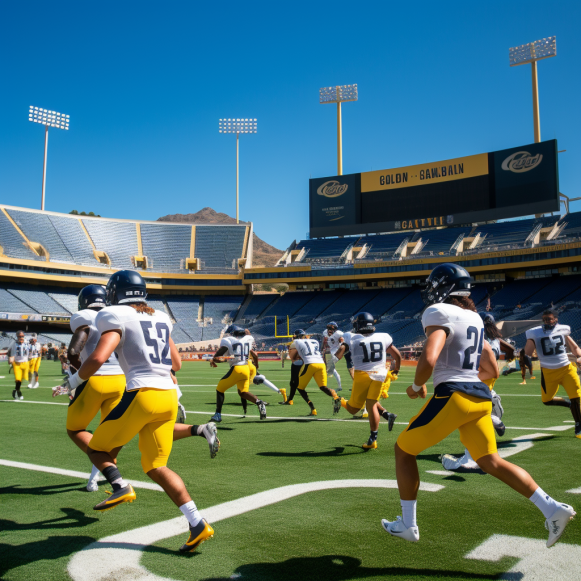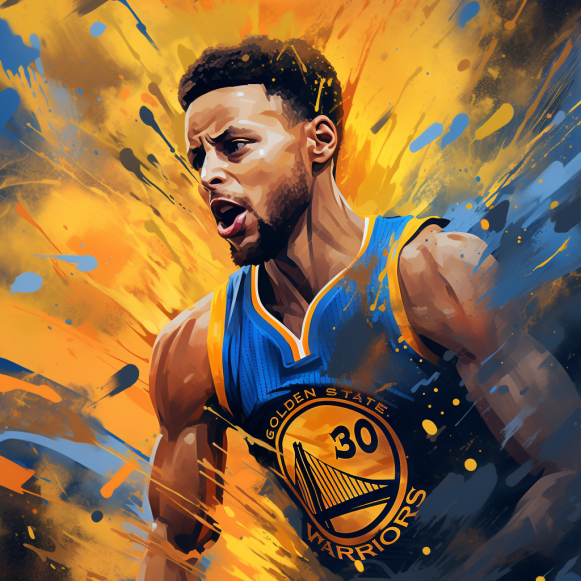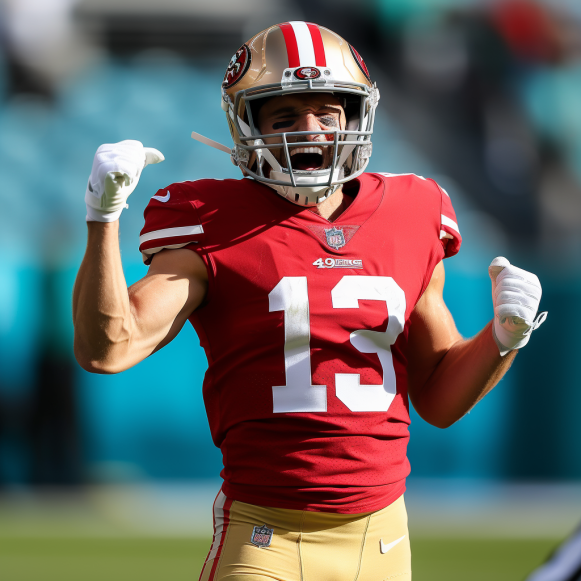Saturday Night Five: Colorado and Utah lead as quarterbacks shine and the Pac-12 remains perfect
CU coach Deion Sanders’ debut was a raging success
Instant reaction to Pac-12 Week 1 developments…
- Outstanding start
A disastrous summer has given way to an idyllic weekend for the Pac-12, at least so far.
One team, Oregon State, has yet to play a game. The other 11 are, however, undefeated through the first Saturday of the season.
The list of accomplishments includes the Colorado upset at TCU, Utah’s thrashing of Florida, Washington’s rout of Boise State, and Stanford, Cal, and Washington State’s decisive road victories.
In other words, the Pac-12 more than justified the preseason hype for one weekend.
Not surprisingly, the conference’s powerhouse offenses carried the day — and they did so in historic fashion.
According to STATS, five teams scored at least 50 points for the first time since at least 1980. Oregon (81), USC (66), Washington (56), Washington State (50), and Cal (58) — yes, Cal — all reached the half-way mark.
If Oregon State wins at San Jose State on Sunday, the Pac-12 will be the only Power Five conference without a non-conference loss.
And it will have only had its second perfect weekend of the century, with a minimum of four games played. (According to STATS, the other instance is Week 1 of the 2017 season.)
The Pac-12 cannot completely avoid the reality of its impending extinction, but there is one way to keep some of the focus on football: The Pac-12 must dominate on the field.
It’s doing just that on the first of three crucial non-conference Saturdays.
- QBs are hot.
The quarterbacks, unsurprisingly, led the way.
Yes, the starters who returned were outstanding. Caleb Williams of USC, Michael Penix of Washington, Bo Nix of Oregon, Jayden de Laura of Arizona, and Cam Ward of WSU combined for 19 touchdowns and one interception as their teams scored 291 points.
But they weren’t alone.
Shedeur Sanders of Colorado threw for 510 yards and four touchdowns in his first FBS game.
Cal backup Ben Finely took over for the injured Sam Jackson and threw for 287 yards and a touchdown.
Ashton Daniels of Stanford, who had only six attempts prior to this season, threw two touchdowns and accumulated 290 yards (running and passing).
Meanwhile, Arizona State freshman Jaden Rashada validated coach Kenny Dillingham’s faith by navigating his first start and a lengthy weather delay with 236 yards and two touchdowns.
In the high-profile match against Florida, Utah’s Bryson Barnes filled in for injured starter Cam Rising and handled the situation expertly.
It would have been difficult to script a better first Saturday for what has been dubbed the best quarterback group in the country — and one of the most lauded groups in conference history.
- A better base?
The preseason favorites (USC, Washington, Utah, and Oregon) all looked the part against a diverse group of opponents, but we were keeping an eye on the teams that finished last in the conference last season.
Cal, Arizona State, Stanford, and Colorado all finished 6-30 in conference play. All but ASU appeared to be an order of magnitude better. (The Sun Devils had a good excuse because the administration chose to self-impose a bowl ban and announced it five days before kickoff.)
We’re not suggesting that the 2022 laggards will play in the conference championship game. We’re not even sure any of them will be bowl eligible.
They don’t have to break.500 to have an impact on the Pac-12’s season. Parity is the enemy of playoff berths and top-25 rankings in a zero-sum game. The better the bottom of the conference, the more difficult the path for the top teams.
- Mountain ascents
Not all victories are created equal, and the most impressive of the bunch came from the Mountain schools: Colorado’s upset of TCU and Utah’s smothering of Florida — the Pac-12’s only two Power Five matchups in Week 1.
From his son, Shedeur, to tailback Dylan Edwards and two-way star Travis Hunter (receiver and cornerback), everything about coach Deion Sanders’ debut was impressive. But the most significant development occurred during the scrimmage: CU’s offensive line was not terrible.
Despite all of the personnel changes and the new playbook, it was actually quite respectable. (One of the best offensive coordinators in the business is Sean Lewis.)
Without strong offensive line play, the Buffaloes will struggle to stay competitive over the next 12 weeks. Saturday’s cohesion suggests a real possibility of a consistent, high-quality front.
All eyes were on the quarterback in Salt Lake City. With Cam Rising out due to a knee injury sustained in the Rose Bow, Barnes stepped in and directed an efficient, dominant performance.
To be clear, Florida is not a top-tier opponent, but that doesn’t matter to the Utes. They are aiming for a playoff berth after winning back-to-back conference championships.
That means they can’t lose more than one game in a row.
That means they’re in survival mode until Rising is not only healthy but also in peak condition. And this could take several weeks.
- A look ahead to Week 2
The most important day of the Pac-12’s non-conference season is September 9. There are so many marquee opponents lined up — from morning to night, at home and on the road, across all major TV networks — that it’s worth mentioning before Week 1 is over.
The Pac-12 will face seven Power Five conference opponents this season: Auburn, Baylor, Mississippi State, Nebraska, Oklahoma State, Texas Tech, and Wisconsin.
That intimidating total takes on added significance given that Stanford and USC will meet in their usual Week 2 clash. Only ten teams have non-conference games, and seven of them are against Power Five opponents.
In the coming days, we’ll have much more on the Sept. 9 matchups — and point spreads. But, after this weekend’s collective performance, and with four of the seven marquee dates on Pac-12 turf, the bar for success is set high.





